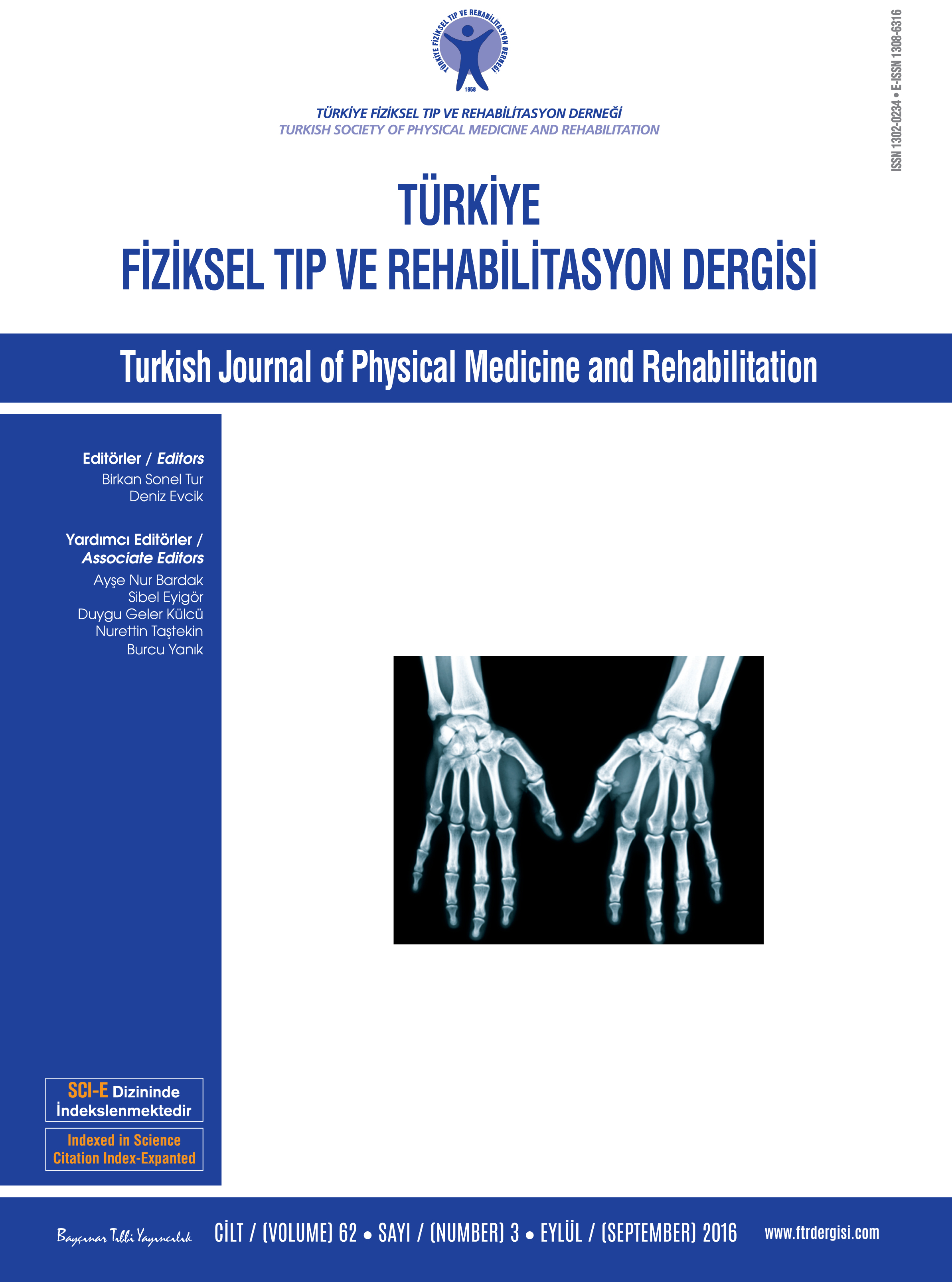Is generating normalization data in three-dimensional gait analysis of different age groups a necessity?
2 Metin Sabancı Baltalimanı Kemik Hastalıkları Eğitim ve Araştırma Hastanesi, Yürüme Analizi Laboratuvarı, İstanbul, Türkiye DOI : 10.5606/tftrd.2016.39018 Objectives: This study aims to investigate whether generating normalization data of three-dimensional gait analysis of different age groups is a necessity.
Patients and methods: Fifty-nine healthy participants aged between 5 to 21 years without a precursor disorder for gait pathology were included in the study. The participants were divided into three groups. Group 1 consisted of 19 subjects aged 5 to 8 years, group 2 of 21 subjects aged 9 to 13 years, and group 3 of 19 subjects aged 14 to 21 years. Three-dimensional gait analysis was performed on all participants. Temporo-spatial, kinematic, and kinetic variables were compared among the groups.
Results: Except the gait velocity, all temporo-spatial variables differed significantly among the groups. A moderate correlation was detected between the individuals’ height and limb length and stride time, stride length, and step width, while there was a moderate and inverse correlation between the individuals’ height and limb length and cadence. Compared to the other age groups, the knee flexion was significantly higher during the heel strike (K1, p=0.00), the knee extension was lower during the terminal stance phase (K2, p=0.026), and peak knee flexion was significantly higher in during the initial swing phase (K3, p=0.00) in group 1.
Conclusion: Our study results emphasize the necessity of generating normalization data of three-dimensional gait analysis of different age groups.
Keywords : Gait analysis; kinematic; kinetic

















